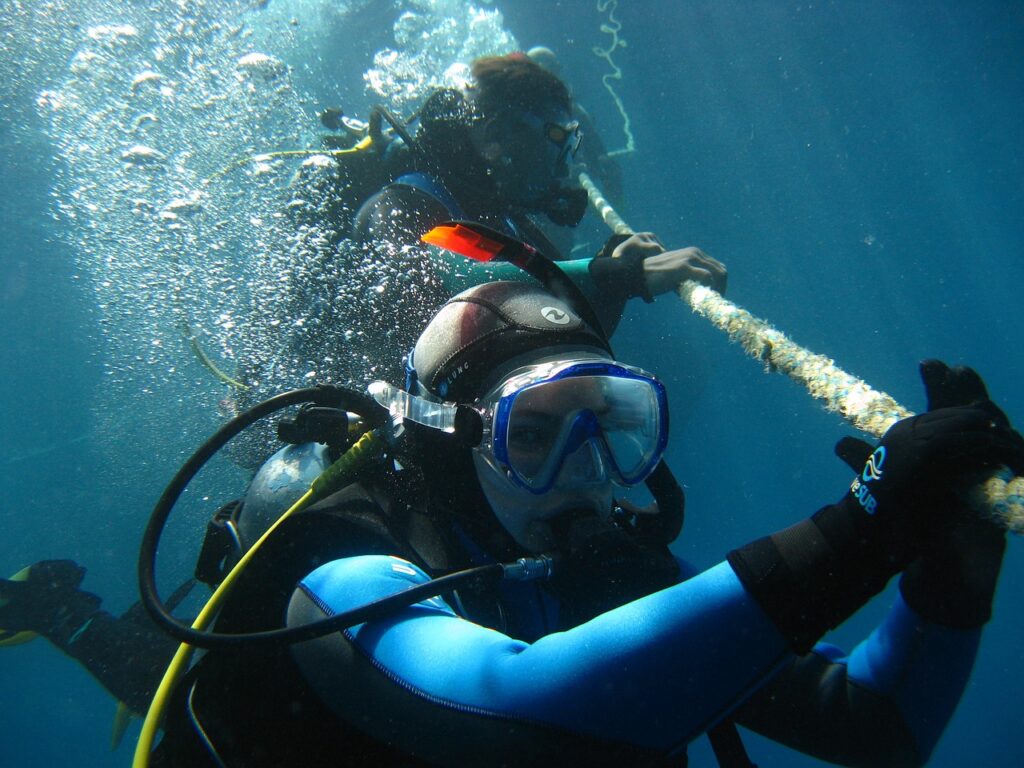
Introduction
Subsea operations, a term encompassing all underwater activities related to the exploration and exploitation of resources beneath the ocean’s surface, represent a critical, rapidly evolving sector of the maritime industry. From oil and gas extraction to the installation of underwater cables and environmental monitoring, these operations are pivotal in advancing our capabilities and understanding of the underwater world.
The Scope of Subsea Operations
The scope of subsea operations is vast and varied. At the core are the oil and gas industries, which rely on subsea technologies to tap into underwater reservoirs previously deemed inaccessible. Beyond extraction, subsea operations include scientific research, such as studying marine ecosystems and underwater volcanoes, and commercial activities like salvage missions and the laying of transoceanic cables.
Technical Complexities
The technical challenges of subsea operations are immense. The extreme pressure, low temperatures, and absence of natural light make the deep-sea environment one of the most hostile and difficult to navigate. Operations must rely on sophisticated equipment and highly specialized vessels, often operated remotely, to carry out tasks ranging from drilling and pipeline installation to biological sampling and wreckage recovery.
Advancements in Technology
Technology plays a crucial role in enabling and advancing subsea operations. Remotely Operated Vehicles (ROVs) and Autonomous Underwater Vehicles (AUVs) are at the forefront, equipped with cameras, sensors, and tools, allowing for remote exploration and manipulation of the subsea environment. These machines perform a variety of functions, including mapping the seafloor, inspecting infrastructure, and collecting data in environments too hazardous for human divers.
Environmental Considerations
The environmental impact of subsea operations is a subject of significant concern and regulation. The disruption of seabed habitats and potential pollution from oil spills or debris are critical issues. Environmental impact assessments are a mandatory part of planning any subsea project, aiming to minimize ecological damage through careful monitoring and adherence to international environmental protection standards.
Regulatory Framework
Navigating the legal aspects of subsea operations involves an understanding of international maritime law, environmental regulations, and, often, the overlapping jurisdictions of coastal states. The United Nations Convention on the Law of the Sea (UNCLOS) serves as the primary legal framework governing activities on the ocean floor, especially concerning resource exploitation and environmental responsibilities.
The Human Factor
While much of the technology used in subsea operations is automated, human expertise remains indispensable. Engineers, marine biologists, geologists, and divers contribute their skills to various phases of each project, from design and implementation to monitoring and maintenance. The demand for skilled professionals in robotic operation, deep-sea navigation, and environmental science is growing as subsea operations become more technologically driven and complex.
Economic Implications
The economic stakes of subsea operations are enormous, particularly in the oil and gas sector, where the costs and rewards can be staggering. The development of a single subsea well, including exploration, drilling, and infrastructure setup, can involve billions of dollars in investment. However, the strategic importance of these resources continues to drive investment in developing even more advanced subsea technologies.
Risk Management
Risk management is a critical component of planning and executing subsea operations. The potential for equipment failure, operational hazards, and environmental disasters requires robust risk assessment protocols. Companies invest heavily in safety training, emergency preparedness, and the latest technology to mitigate these risks, ensuring the protection of human lives and the environment.
Case Studies of Subsea Operations
Several notable subsea operations highlight the sector’s challenges and achievements. The recovery of the black boxes from Air France Flight 447, which crashed into the Atlantic Ocean in 2009, involved complex subsea searches using cutting-edge AUVs. Another example is the installation of the Nord Stream gas pipeline in the Baltic Sea, which demonstrated advanced techniques in subsea engineering to minimize environmental impact while laying pipes over vast distances.
The Future of Subsea Operations
The future of subsea operations looks toward even greater depths and more remote environments. Innovations in materials science, robotics, and telecommunications are expected to enhance the capabilities of subsea equipment, allowing for longer, deeper, and more productive missions. Moreover, as the global focus shifts towards renewable energy and the sustainable use of ocean resources, new opportunities are emerging for subsea operations to contribute to these sectors.
Conclusion
Subsea operations continue to push the boundaries of what is possible in the marine environment. As technology advances, these operations are becoming more feasible, efficient, and environmentally sensitive. The ongoing development of subsea capabilities not only supports economic growth and scientific exploration but also plays a crucial role in understanding and protecting our planet’s final frontier—the ocean depths.




